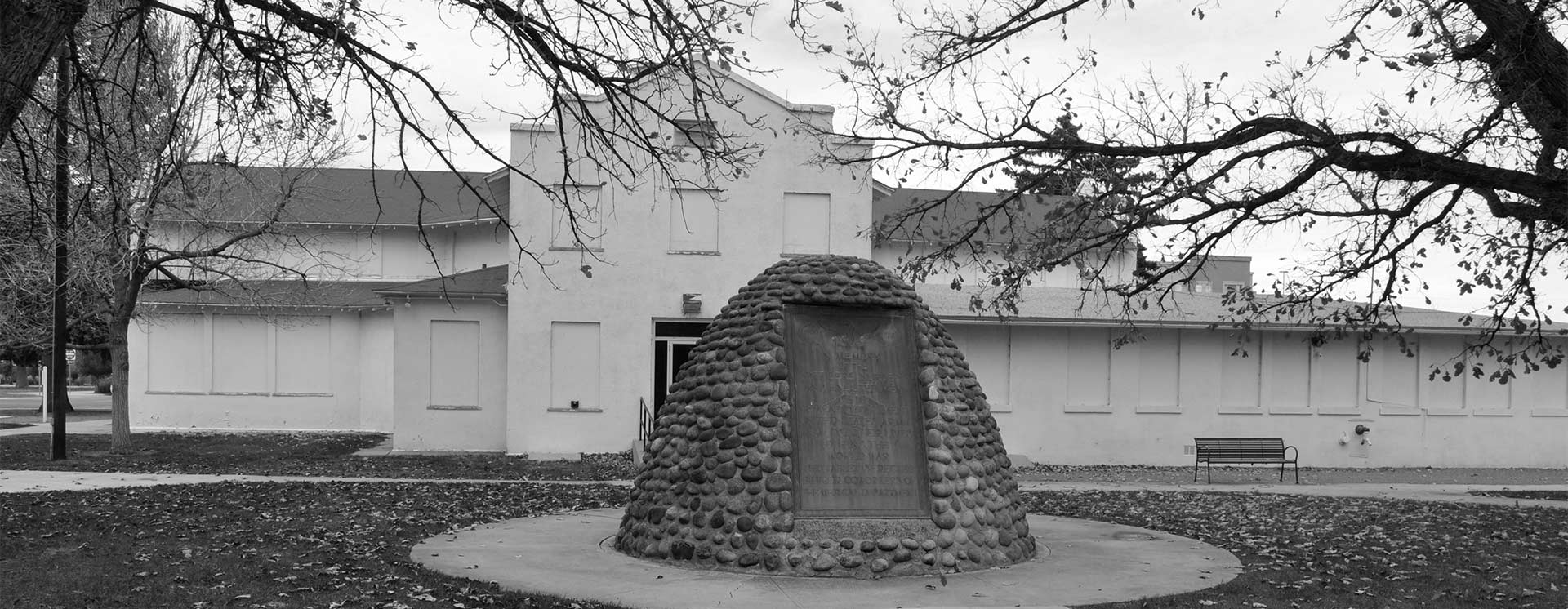
World War One Sites - The NETWORLD Database
Orthodox Church Saint Elias the Prophet in Maglaj, Bosnia and Herzegovina
It is one of the many churches built at the end of the 19th and early 20th centuries, of which a small number of relatively preserved remains. It belongs to the type of one-nave oblique structure; it is made of brick and stone. Following the war in 1992 to 1995, the church facility was devastated so that only parts of the walls were preserved. The restoration of the church was done in its original form and purpose. The church is a sacral monument important to the history of the town of Maglaj. Its position stands out as a significant element in the urban surroundings. The object was restored at the same location, on the foundations and walls of an earlier building, with the same dimensions, based on pre-performed investigative works that included measurements of the remains of the building and analysis of old photographs. The Church of St. Elias the Prophet was declared a national monument of Bosnia and Herzegovina in 2013.
Bosnia and Herzegovina, Maglaj
Type of WWI-heritage
- Church
Dimensions
No data.
State of repair/preservation
The constructional/architectural World War One heritage is in good condition. It is well preserved. It is important to continuously care and preserve the object because it represents an important historical significance. The Church of St. Elias the Prophet was declared a national monument of Bosnia and Herzegovina in 2013.
Historical WWI Context
After the heavy fighting that lasted from August 3rd to 5th August 1878, Maglaj came under Austro-Hungarian rule. During the Austro-Hungarian administration, the overall economic and social structure of the society in Bosnia and Herzegovina changed, and until the World War One the country’s economy was not still defined. In 1878 the railway road went through Maglaj which connected Bosanski Brod with Sarajevo, and on October 15th, a postal and telegraphic station was opened. In 1909 a railway bridge was built on the Bosanski Brod - Sarajevo line. During the World War One, church and religious life were greatly disturbed. The Priest was banished and the bell from the church was removed and used for making cannons. During the war, the clergyman and the church committee invested a lot of effort on collecting items for the orphans from the post-war border crossings: Srebrenica, Vlasenica, Višegrad, Zvornik, where the Slavic people were horribly persecuted by the Austrian army. After the liberation and the unification in 1918, the Church Council submitted to the state authorities a claim for compensation for war damages: for the school in Trbuk 5,000 francs, for the church bell 10,000 francs, for the priest, who was in prison for eight months 2,000 francs, but the state did not pay war reparations the church. The Paroh Magical Dust Dušan Nikolic was moved to Vršac in 1924 and Jovan Jevtic came in his place.
Recent Images


Historical Images
State of legal protection
The constructional/architectural World War One heritage is protected, according to the national law. The Church of St. Elias the Prophet was declared a national monument of Bosnia and Herzegovina in 2013.
Owner
The constructional/architectural World War One heritage is owned and managed by the Religious community in Municipality of Maglaj.
Kind of cultural use of WWI
No data.
Opening
No data
Entrance Fee
No data
Information regarding cities, villages, other touristic attractions (non-WWI) nearby
In the Municipality of Maglaj, The Fortress Gradina is very interesting to see, than the display of the Old stone balls that were discovered near Zavidovići, that are still not researched enough but are said to be more than 10 000 years old. There is the Vranduk Fortress near Zenica and old World War One bunkers near Želeća and in Žepče.
Accomodation
No data
Public Transport
No data.
Further information sources
No data.
Other heritage sites nearby
Museums Private Collections
Museum in Sarajevo has a collection about the World War One heritage because the murder of Franz Ferdinand, that actually was one of the main key points in starting the war in the first place, took place there.
Orthodox Church Saint Elias the Prophet in Maglaj, Bosnia and Herzegovina
44.54464344431913 18.095061035839876 fileadmin/res/images/layout/standar-marker.pngLocation